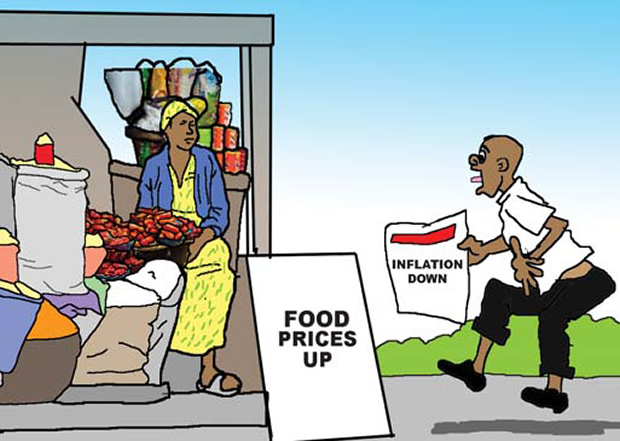
Analysts predict that ECB policymakers will copy May’s move and again raise borrowing costs by 25 basis points, taking the closely watched deposit rate to 3.50 percent.
It would be the Frankfurt institution’s eighth-consecutive hike since last July, when it kicked off an unprecedented campaign of monetary tightening after Russia’s war in Ukraine sent food and energy costs surging.
Eurozone inflation slowed to 6.1 percent year-on-year in May after hitting a peak of 10.6 percent last October, suggesting the ECB’s efforts were having an impact.
But with the bank’s two-percent inflation target still out of reach, policymakers have stressed it was too early to take the foot off the gas, hinting at rate hikes even beyond June.
ECB President Christine Lagarde said earlier this month rates were getting “closer to our cruising altitude”, but “we need to continue climbing”.
The picture is different in the United States where the Federal Reserve is expected to pause its rate-hiking cycle on Wednesday after 10 consecutive increases, as it takes stock of how its tightening is feeding through to the real economy.
– Surprise recession –
Like central banks around the world, the ECB has to walk a fine line between raising borrowing costs to dampen demand and tame inflation, without triggering a deep economic downturn.
Revised data last week showed that the 20-nation eurozone unexpectedly shrank by 0.1 percent for two straight quarters at the end of 2022 and the start of 2023, meeting the technical definition of a recession.
While still mild, the surprise winter recession adds to fears that the region did not cope as well as thought with the fallout from Russia’s war, and casts doubt on more optimistic predictions for 2023.
“The eurozone economy has turned out to be less resilient than anticipated a few weeks ago,” said ING bank economist Carsten Brzeski.
But he said the disappointing data were unlikely to deter the ECB as it remains laser-focused on bringing down inflation.
Capital Economics economist Jack Allen-Reynolds said he expected the ECB to “hint” at a further 25 basis-point rise in July and emphasise that rates will stay high “for a long time”.
– Higher wages –
Much will depend on the ECB’s latest economic forecasts, set to be unveiled on Thursday.
Observers expected little change from the previous projections, which saw inflation only returning to target in 2025, at 2.1 percent.
Although rapidly falling energy prices and fading supply chain bottlenecks have helped ease inflation in recent months, prices for services remain high in part because of strong demand in tourism.
ECB officials have also expressed concern about wages becoming an important driver of inflation, as workers use record-low eurozone unemployment to boost their demands for salary increases in order to compensate for higher living costs.
Policymakers have stressed that they are keeping a close eye on core, or underlying, inflation — which strips out volatile food and alcohol prices — as they weigh when to change course.
Core inflation has remained stubbornly high in the eurozone, easing only slightly to 5.3 percent in May, from 5.6 percent in April. The ECB’s most recent forecasts put it at 2.2 percent in 2025.
“There is no clear evidence that underlying inflation has peaked,” Lagarde warned last week.
Deutsche Bank economists said the ECB will need “robust evidence that underlying inflation is slowing” before it will “skip or pause” its rate-hiking cycle.
AFP





